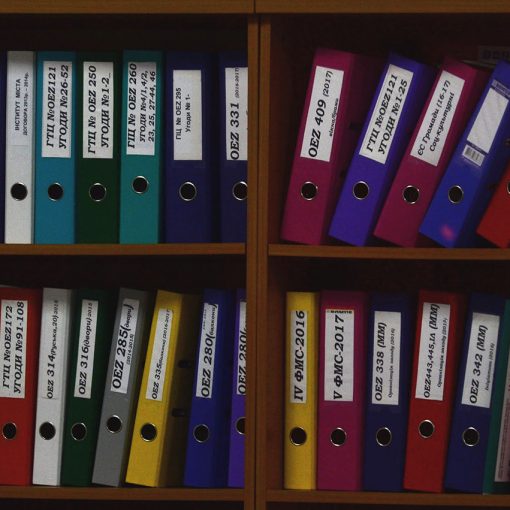Relevant Exam Boards: A-Level (Edexcel, OCR, AQA, Eduqas, WJEC), IB, IAL, CIE
Edexcel Economics Notes Directory | AQA Economics Notes Directory | IB Economics Notes Directory
The Multiplier Effect Definition:
The Multiplier Effect suggests that an injection into the circular flow of income (or AD) leads to a larger than proportional increase in national income (GDP), than the initial amount.
The Multiplier Effect Example & Explanation:
If the UK government spends money in building a railroad (e.g. imagine the continuous spending on HS2), government spending (G) will rise, leading to an injection into the circular flow of income and a rise in aggregate demand (AD). When that happens, the construction firms/workers receiving the government spending to build the railroad will use their increased incomes to consume other goods and services. As a result, the total impact on AD is likely to exceed the original. As a result, the effect on price level (inflation), economic output and employment is likely to be more severe than expected. The key here is an increase in incomes tend to promote further consumption/investment (imagine dominos falling). However, a withdrawal from the circular flow of income can also reduce AD more than the initial impact, which can cause a negative multiplier effect.
The Multiplier Effect Notes with Diagrams/Graphs:
Want a closer look? Download the Multiplier Effect notes here.
The Multiplier Video Explanation – EconPlusDal 
The video below explains both the Multiplier Effect and the Accelerator Effect in detail.
The Multiplier Effect Multiple Choice Questions
Want a closer look? Download the Multiplier Effect multiple-choice questions.
The Multiplier Effect in the News
Resources on other A-Level/IB Economics websites

The Multiplier Effect Explanation
Star Wars Multiplier Effect
![]()
Managing the Economy: The Multiplier Effect
The Fiscal Multiplier
![]()
Negative Multiplier Effect
Multiplier Effect and Fiscal Policy
Follow us on Facebook, TES and SlideShare for resource updates.




